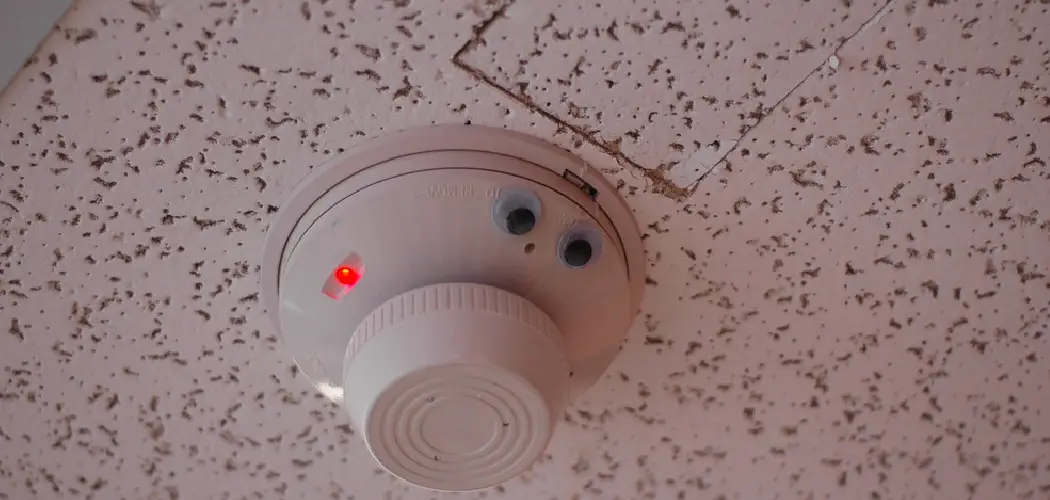Interconnecting smoke alarms is a critical step in enhancing home safety, providing early detection and notification of potential fires across multiple areas of your property. By linking smoke alarms together, you create a network that ensures everyone in the household is alerted simultaneously in the event of a fire, regardless of their location.
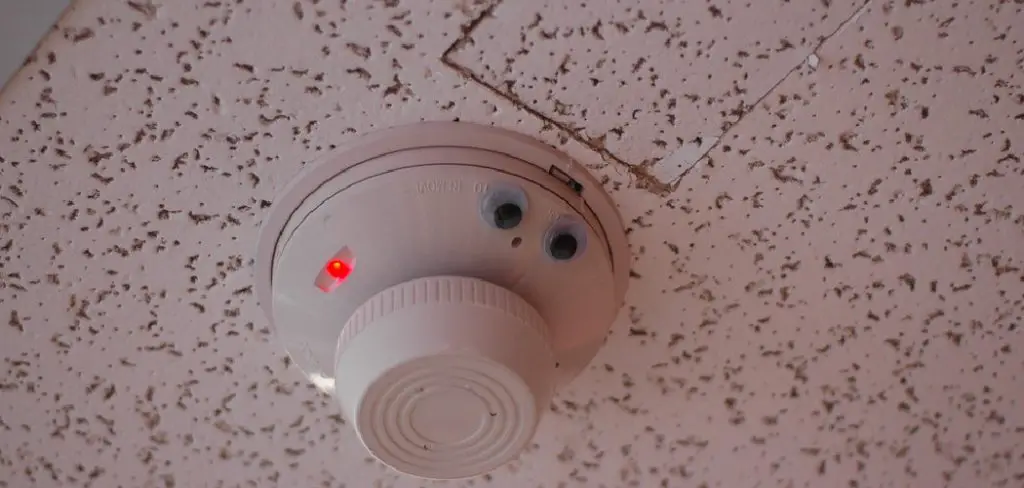
In this article, we’ll explore the importance of interconnecting smoke alarms and provide a comprehensive guide on how to interconnect smoke alarms. Whether you’re a homeowner looking to upgrade your fire safety measures or a renter seeking to enhance the protection of your living space, mastering the art of interconnecting smoke alarms is essential for safeguarding lives and property against the devastating effects of fire.
Follow along as we delve into the step-by-step process and best practices for creating a interconnected smoke alarm system that provides unparalleled peace of mind and protection for you and your loved ones.
Importance of Interconnected Smoke Alarms
Interconnected smoke alarms represent a significant advancement in residential fire safety technology. The primary importance of this interconnected system lies in its ability to provide comprehensive and immediate alert coverage across the entire home.
When one alarm detects smoke or fire, it triggers all connected alarms to sound off simultaneously. This unified alert system is crucial for large homes or multi-level properties, where fire in a remote area might not be immediately noticeable.
Additionally, interconnected alarms enhance safety during the night when residents are asleep, ensuring that alarms outside of bedrooms will also activate, thereby increasing the chances of waking and evacuating all individuals safely.
By bridging the gap between the point of fire detection and the occupants’ awareness regardless of their location within the premises, interconnected smoke alarms significantly reduce the risk of injury or death caused by fires.
Benefits of Interconnected Smoke Alarm Systems
Interconnected smoke alarm systems offer a multitude of benefits that go beyond basic fire detection, fundamentally enhancing the safety and security of any home. Perhaps the most significant advantage is the immediate and widespread alert capability.
When one alarm in the system detects smoke or fire, it signals all alarms within the network to sound, ensuring that every occupant, regardless of their location, is alerted at the same time. This feature is particularly beneficial in large or multi-level homes where an alarm in a distant part of the house may not be heard.
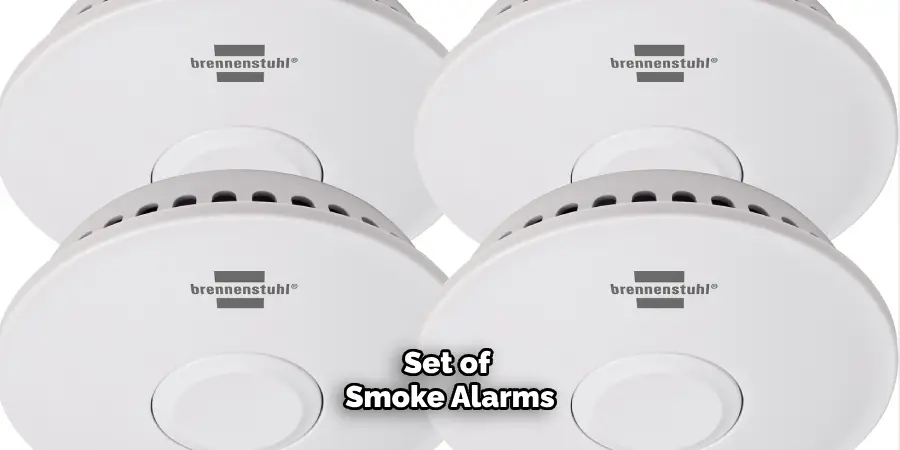
Another key benefit is the potential for faster evacuation and emergency response. With every alarm sounding in unison, occupants are given the maximum amount of time to evacuate safely, and emergency services can be alerted more promptly. This can be a critical factor in preventing injuries and saving lives.
Furthermore, interconnected systems are highly adaptable and can often be integrated with home security systems and smart home devices, allowing for remote monitoring and notifications. This means that homeowners can be alerted to potential fire hazards even when they’re away from home, providing an additional layer of security and peace of mind.
Lastly, the installation of interconnected smoke alarms can also have financial benefits, including possible reductions in insurance premiums due to the increased level of safety they provide. This makes interconnected smoke alarm systems not only a wise choice for safety but also a smart investment in the long-term protection and value of your home.
How Interconnected Smoke Alarms Work
Interconnected smoke alarms operate on a relatively simple yet highly effective principle. When one unit detects smoke or the presence of fire, it activates its internal alarm. This activation sends a signal to all other connected alarms in the network, prompting them to also sound their alarms. This system ensures that an alert is issued throughout the entire home simultaneously, rather than just in the area where smoke or fire is detected.

There are two main types of technologies used to establish this interconnected network: wired and wireless. Wired interconnected systems physically connect all smoke alarm units through electrical wiring. When one unit detects a danger and sounds its alarm, the signal travels through the wires to trigger all other units in the network. In contrast, wireless interconnected smoke alarms use radio frequency or WiFi to communicate.
When one alarm sounds, it sends a wireless signal to all other alarms in the system, thereby activating them. This technology makes interconnected systems much easier to install, especially in existing homes where running new wiring is impractical.
Regardless of whether they are wired or wireless, interconnected smoke alarms are designed to ensure that no person is left unaware in the event of a fire, making them an invaluable addition to any home safety plan.
Types of Interconnected Smoke Alarm Systems
Interconnected smoke alarm systems can be broadly categorized into two types, each with its unique method of communication and installation requirements. Understanding these types can help homeowners make informed decisions about which system best fits their home’s specific needs.
Wired Interconnected Smoke Alarms
Wired interconnected smoke alarms are integrated through a network of wires that connect each alarm to the other, as well as to the home’s electrical system. This type requires the alarms to be hardwired into the home’s electrical circuit and often features a backup battery to ensure functionality during a power outage.
The primary advantage of wired systems lies in their reliability, as they are less likely to experience interference or connectivity issues. However, installation can be more complex and typically requires a professional, especially in homes not pre-wired for this setup.
Wireless Interconnected Smoke Alarms
Wireless interconnected smoke alarms utilize radiofrequency or Wi-Fi technology to communicate among units, eliminating the need for physical wiring between alarms. These systems are particularly advantageous for adding to existing homes or in situations where running new wires is impractical or too costly.
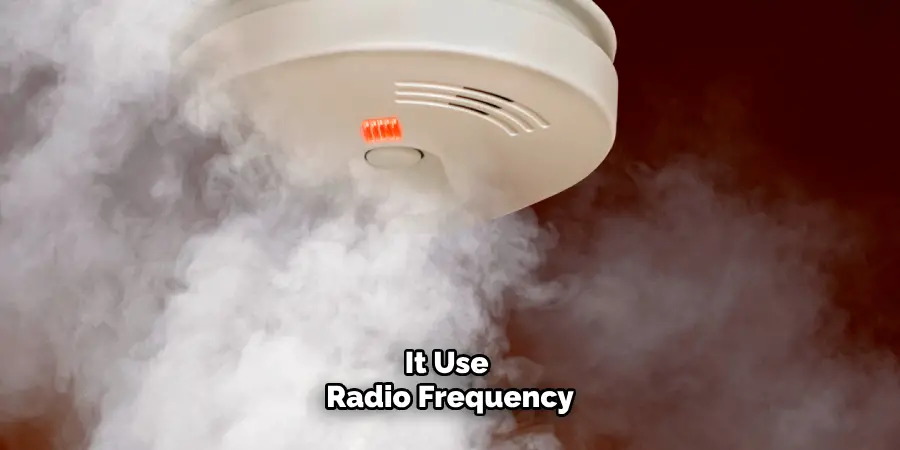
Wireless systems are relatively easy to install and can often be done by the homeowner. They are also flexible, allowing for easy expansion of the alarm network. The main consideration for wireless systems is ensuring that all units are compatible and maintaining the strength of the wireless connection across all devices.
Both types of systems are designed to enhance safety by alerting occupants throughout the home simultaneously, regardless of the fire’s location. Choosing the right system depends on factors such as the size and layout of the home, the ease of installation, and the homeowner’s preference for reliability versus flexibility.
Planning for Interconnection
When considering the implementation of an interconnected smoke alarm system, careful planning is essential to ensure maximum efficiency and safety. This planning phase involves assessing several critical factors unique to each home. Firstly, homeowners should evaluate the layout and size of their property to determine the number of alarms needed and their optimal placement. The goal is to ensure complete coverage, with particular attention to high-risk areas such as kitchens, bedrooms, and hallways.
Additionally, the choice between wired and wireless systems is crucial and should be influenced by the home’s current electrical setup, the feasibility of installing new wiring, and the homeowner’s preference for installation complexity versus system flexibility. For homes under construction or undergoing major renovations, a wired system may be more feasible, while wireless systems offer a less invasive option for existing homes.
Furthermore, it’s important to consider the integration of smoke alarms with other smart home devices and security systems. This integration can provide enhanced monitoring capabilities and remote notifications, adding an extra layer of safety. Homeowners should also research and select products that are compatible with each other to ensure seamless communication between devices.
Finally, planning should include consulting with professionals for installation recommendations, especially for wired systems, and staying informed about local building codes and safety regulations. By taking these steps, homeowners can create a comprehensive and effective interconnected smoke alarm system tailored to their specific needs, enhancing the safety and security of their living environment.
Determining the Number of Smoke Alarms Needed
To ensure comprehensive protection, determining the correct number of smoke alarms for your home is critical. The National Fire Protection Association (NFPA) recommends installing smoke alarms in each bedroom, outside each separate sleeping area, and on every level of the home, including the basement. Homes with multiple bedrooms or levels may require additional smoke alarms to meet these recommendations.
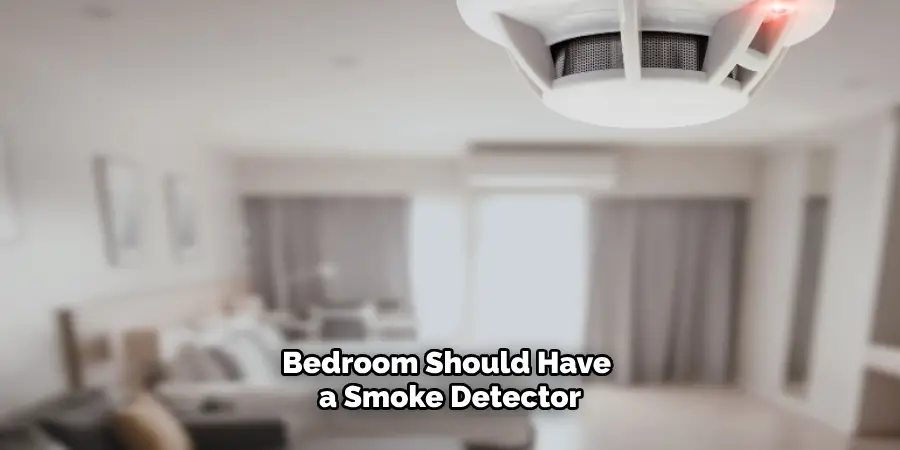
The layout of the home should also influence the placement and quantity of alarms. For instance, large homes may need more alarms to cover all areas adequately, ensuring that the sound of any alarm is audible from all bedrooms and living spaces. In homes with high ceilings or complex architectural features, additional consideration should be given to ensure that smoke detection is not hindered.
It’s important to follow manufacturer guidelines and local building codes, which can provide specific requirements for smoke alarm placement and the minimum number of alarms. Furthermore, for interconnected smoke alarm systems, ensuring that all alarms can effectively communicate without signal loss is crucial, which may influence the number and placement of units, especially in larger homes or properties with multiple buildings.
By carefully assessing the size, layout, and specific needs of their property, homeowners can determine the optimal number and placement of smoke alarms required to ensure that their home and loved ones remain safe in the event of a fire.
10 Easy Methods On How to Interconnect Smoke Alarms
Method 1: Basic Wired Interconnection
This method involves connecting smoke alarms using physical wires, ensuring reliable communication between devices. We’ll provide step-by-step instructions for wiring smoke alarms in a daisy-chain configuration, along with tips for selecting suitable wiring materials and ensuring proper electrical connections.
Method 2: Wireless Radio Frequency (RF) Interconnection
Wireless RF interconnection offers flexibility and ease of installation, ideal for retrofitting existing homes. We’ll discuss how to pair and sync wireless smoke alarms using RF communication protocols, ensuring seamless interconnection without the need for wiring.
Method 3: Hybrid Wired and Wireless Interconnection
For homes with a mix of wired and wireless smoke alarms, a hybrid interconnection method offers the best of both worlds. We’ll explore how to integrate wired and wireless devices into a cohesive interconnected system, providing comprehensive coverage throughout the home.
Method 4: Interconnection via Hardwired Alarm Control Panel
Some homes may already have a hardwired alarm control panel that can facilitate smoke alarm interconnection. We’ll explain how to utilize the control panel to interconnect smoke alarms, including configuration settings and compatibility considerations.
Method 5: Wi-Fi Enabled Interconnection
Wi-Fi enabled smoke alarms offer remote monitoring and control capabilities, making them suitable for modern smart homes. We’ll guide users through the process of connecting Wi-Fi enabled smoke alarms to a home network and interconnecting them for seamless communication.
Method 6: Interconnection with Smart Home Hubs
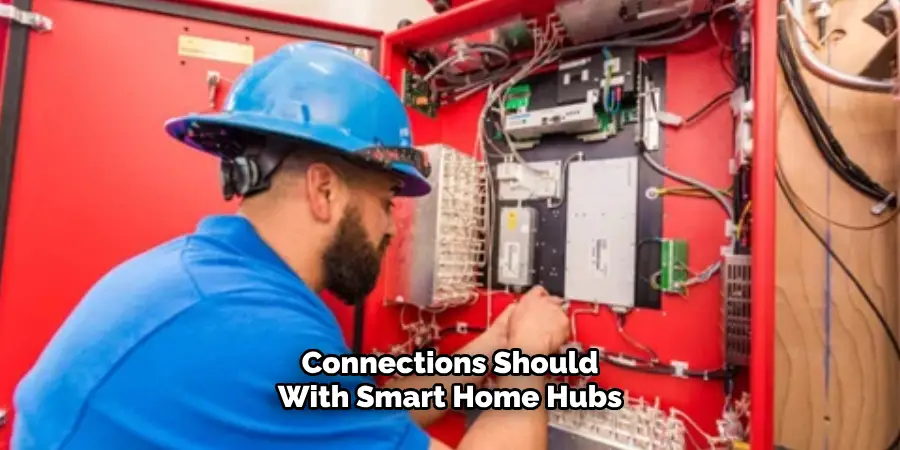
Integrating smoke alarms with smart home hubs enables centralized control and automation. We’ll discuss how to connect smoke alarms to popular smart home hubs like Amazon Alexa, Google Home, and Apple HomeKit, allowing users to create custom interconnection rules and receive alerts on connected devices.
Method 7: Zigbee or Z-Wave Interconnection
Zigbee and Z-Wave are popular wireless communication protocols used in smart home devices. We’ll explore how to interconnect smoke alarms using Zigbee or Z-Wave technology, including pairing devices, creating mesh networks, and ensuring interoperability with other smart devices.
Method 8: Interconnection with Carbon Monoxide (CO) Detectors
Combining smoke alarms with carbon monoxide (CO) detectors enhances home safety by providing comprehensive detection of fire and CO hazards. We’ll discuss how to interconnect smoke alarms with CO detectors, ensuring synchronized alerts in the event of either type of emergency.
Method 9: Integration with Home Security Systems
Integrating smoke alarms with home security systems offers additional layers of protection and monitoring. We’ll explain how to connect smoke alarms to home security panels or monitoring services, enabling centralized control and dispatch of emergency services when necessary.
Method 10: Professional Installation and Monitoring Services
For homeowners seeking expert assistance, professional installation and monitoring services provide peace of mind. We’ll discuss the benefits of hiring professional technicians to interconnect smoke alarms, ensuring proper installation, testing, and ongoing maintenance for optimal performance.
Testing Procedures for Interconnected Smoke Alarm Systems
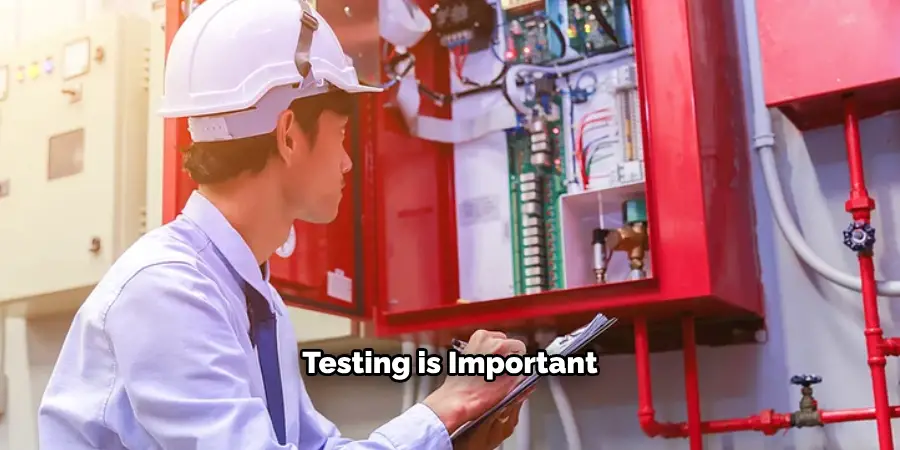
Testing interconnected smoke alarm systems is critical to ensure the safety of your home and family. Here’s a step-by-step procedure to effectively test these systems:
- Notify Household Members: Before beginning the test, inform all household members or anyone in the vicinity to prevent panic or confusion.
- Manual Test: Start by manually testing each smoke alarm independently. Press the test button located on each unit and hold it for a few seconds until the alarm sounds. This tests the alarm’s sound mechanism and battery strength. Ensure that while testing one alarm, all interconnected alarms activate, indicating they are successfully communicating.
- Use Test Smoke or Simulation Feature (if available): Some advanced smoke alarm systems offer a test smoke feature or a simulation test mode that can more accurately mimic the smoke detection process. Follow the manufacturer’s instructions to utilize these features if available.
- Test Interconnection Functionality: After testing each alarm individually, verify the interconnection functionality by triggering one alarm either with the test button or through the test smoke feature. All interconnected alarms should sound off, demonstrating the network’s communication effectiveness.
- Check Visual Indicators: For systems with visual indicators (e.g., LED lights), check that all alarms show the correct visual signals during and after testing, which may indicate battery life, connectivity status, or alarm activation.
- Inspect Wireless Signal Strength (for wireless systems): For systems using wireless interconnection, assess the signal strength or connectivity status through the system’s mobile app or control panel, if available. This will help identify any units with poor signal connectivity that may require relocation or network adjustments.
- Document Test Results: Keep a record of each test, including the date, any issues discovered, resolutions applied, and the performance of each alarm. This documentation can be useful for maintenance purposes and ensuring a history of system reliability.
- Consult Professional Assistance if Necessary: Should any of the alarms fail to respond correctly or if there are issues with the interconnection, consult a professional technician for a thorough inspection and remediation.
Conduct these tests at least once a month to ensure continuous protection. Remember, timely detection and notification are critical in a fire emergency, making the regular testing of interconnected smoke alarm systems an essential part of home safety maintenance.
Conclusion
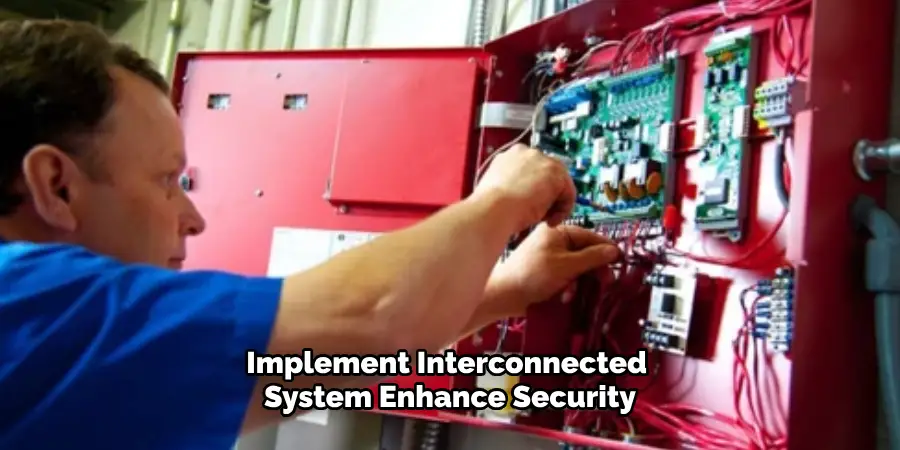
By exploring these ten comprehensive methods for interconnecting smoke alarms, homeowners can create a robust safety infrastructure that provides early detection and alerting in the event of a fire. Whether opting for wired, wireless, or smart home integration methods, each approach offers unique benefits suited to different home layouts and user preferences.
With the knowledge and guidance provided, homeowners can confidently implement an interconnected smoke alarm system that enhances the safety and security of their homes for years to come. Be sure to follow all instructions on how to interconnect smoke alarms carefully, and always consult an expert when in doubt.

